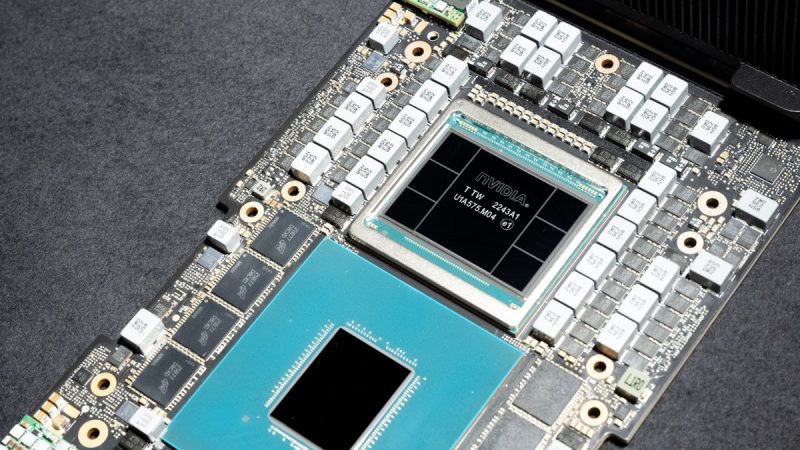The world is on the cusp of an unprecedented technological gold-rush: the race to create microchips using artificial intelligence (AI). With China and the United States vying for the lead, experts believe this technological arms race could plunge the world into a microchip shortage in the near future.
Increasing demand for advanced microchips has driven the global semiconductor market to grow exponentially over the past several years. As chips become smaller and more powerful, nations are looking to the future and the potential economic rewards of being the first to leverage AI to produce them at a lower cost.
The impending chip shortage has been sparked by an unusual combination of factors, including the surge in AI technology, the rise of cloud computing, and the increasingly sophisticated applications of computer chips. These spiked demands have caused the global semiconductor industry to become strained, with production unable to keep up with the demand. This has led to a competition between China and the U.S. to produce the most advanced chips using AI.
China’s impressive use of AI technology in microchip production has left the U.S. playing catch-up and trailing behind. With the country already facing a trade deficit, experts fear that U.S. businesses could be severely handicapped if the nation falls behind in AI production.
As the U.S. attempts to close the gap in the microchip production, the White House is attempting to incentivize the industry by offering high-value tax breaks and other grants to boost research and development. However, these are seen as short-term measures, and the long-term threat of a microchip shortage still looms over the horizon.
If both nations fail to take action quickly enough, the microchip shortage could cause disruptions to industries ranging from automotive and tech to aerospace and healthcare. As the problem intensifies, experts fear it could even affect economic and geopolitical stability as nations compete to keep up with the demand.
As the race for microchip production intensifies, it becomes more and more apparent that this could be the start of an AI gold rush. With the tremors of a potential microchip shortage still reverberating, the onus is now on China and the U.S. to find a way to work together and bridge the gap in AI technology. It remains to be seen which nation will prevail in this technological arms race.






